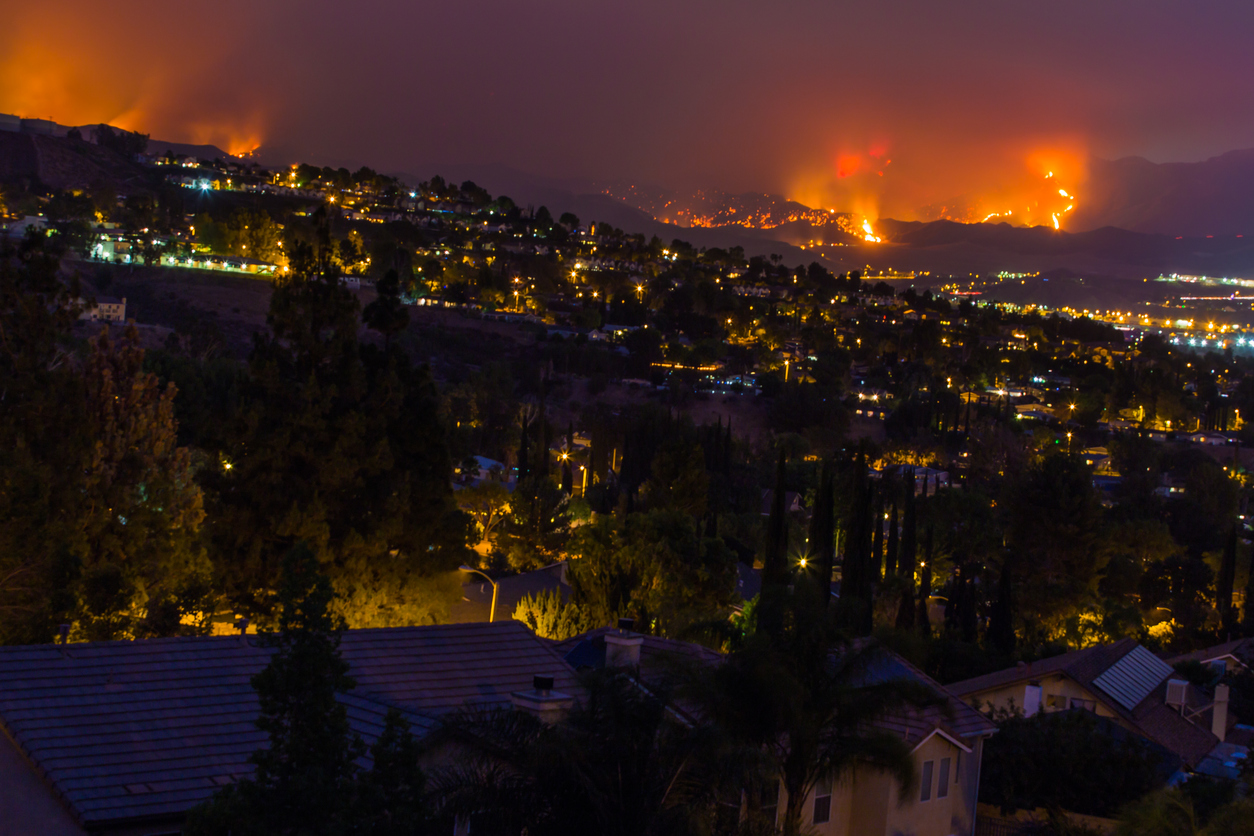Insurance companies have continued to reduce their wildfire exposure in the past two years after paying more than $24 billion for California wildfire losses in 2017 and 2018. Home insurers have declined to renew policies for tens of thousands of homeowners across the state, and regulators expect more nonrenewals in the coming months.
Real-estate agents say potential buyers are having difficulty obtaining insurance and are backing out of purchases or lowering their offers after realizing how much insurance would cost, which can be thousands of dollars a year or more in wildfire-prone areas.
Lauralee Green, co-owner of Z Group Real Estate in Pollock Pines, Calif., now requires prospective buyers to submit an insurance quote before making an offer.
“I’ve had so many deals fall through,” she said. Ms. Green said she sold about $4.7 million in real estate last year, down from $8.8 million in 2018.
“We’re just going to get a bunch of houses sitting on the market that won’t sell,” she said.
Housing economists say the highest-risk areas in the state are relatively rural, and the effect of insurance pricing on the home market can be difficult to parse. But anecdotally, real-estate agents around the state say home insurance has become a major issue in certain areas.
Housing demand has been high in some of these communities as buyers have been priced out of bigger cities.
Increased insurance costs could slow the pace of home-price increases by making homes less affordable to middle-class buyers, said Jordan Levine, deputy chief economist at the California Association of Realtors.
“It really exacerbates an already challenging environment” for home buyers, he said. “Putting an even higher bar on the financial requirements of homeownership means that some folks are going to get priced out.”
The association found in a survey of its members last year that 27% had issues with fire insurance either personally or with their clients. Within that group, 34% had a potential buyer decide not to buy because of the difficulty of finding fire insurance.
In early December, California regulators banned insurers from refusing to renew home-insurance policies for one year following a declared wildfire disaster. The initial ruling applied to about 800,000 households, and the state expanded it on Dec. 19 to apply to more than a million households across the state.
But the order offers no relief to home buyers, who are seeking to buy new insurance policies, not renew existing ones. The order also doesn’t apply to areas of the state that didn’t have a wildfire in 2019.
Lenders typically require homeowners to have insurance. If homeowners let their insurance lapse, lenders can enroll them in “force-placed policies,” which can be very expensive.
Homeowners can always buy insurance from the state insurer of last resort, the California FAIR Plan. But FAIR Plan home policies have maximum coverage limits of $1.5 million and don’t include standard coverages like liability and theft. To fill those coverage gaps, homeowners often buy a separate “wraparound” policy.
AIR Plan policies can also be expensive. In El Dorado County, Calif., insurance agent Aurora Mullett estimated that about 75% of the homes in the area can’t buy standard home insurance. Houses that are several miles away from fire departments can pay more than $5,500 a year for FAIR Plan coverage, she said.
Before the deadly Camp Fire in Paradise, Calif., in 2018, Ms. Mullett had three clients with FAIR Plan policies. Now she has 232, she said.
Michael Angles was hoping to sell his mother’s house in Placerville, Calif., in 2019 to pay for her nursing-home expenses, but he is now waiting until later this year in hopes that the market improves. Her home insurance was about $3,800 in 2019, up from $3,000 the previous year, and Mr. Angles recently got a renewal quote for $19,000. He opted to buy insurance from the FAIR Plan instead for about $6,000, including a wraparound policy.
Mr. Angles said he previously hoped to sell the house for between $400,000 and $500,000.
Now, “I’d be lucky if I got $375,000,” he said. “The insurance situation has hammered the real-estate market up there.”














